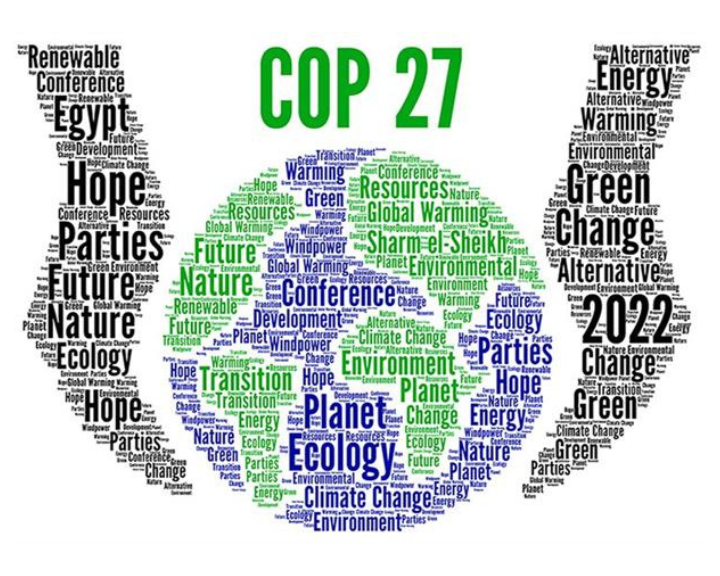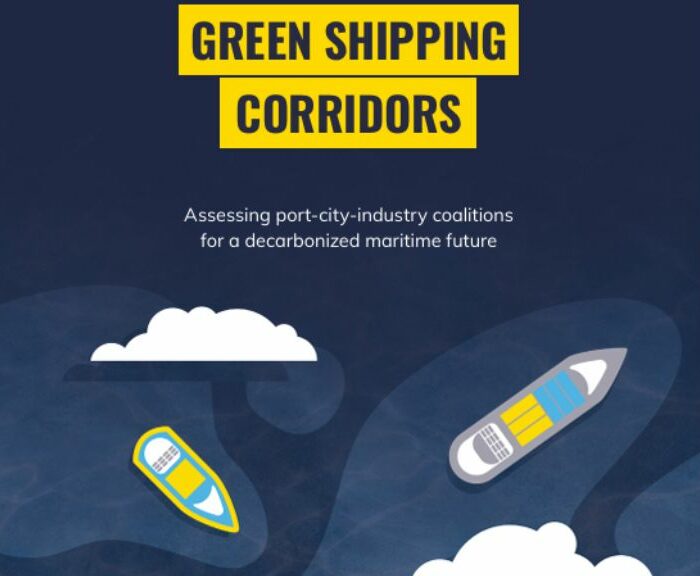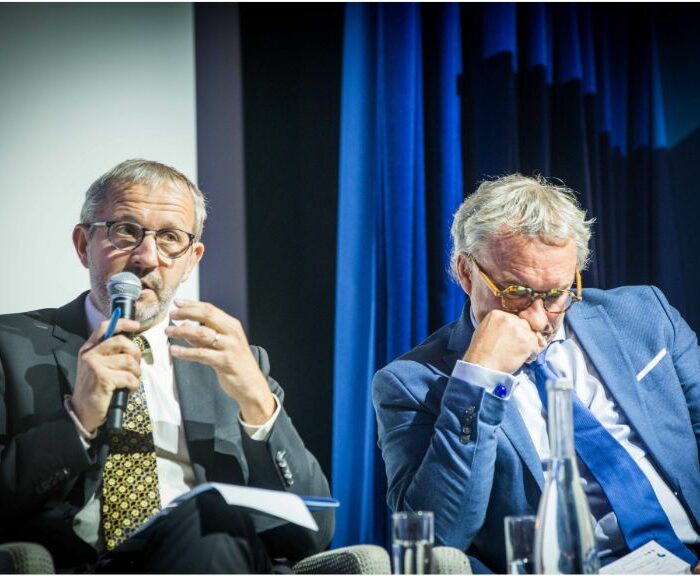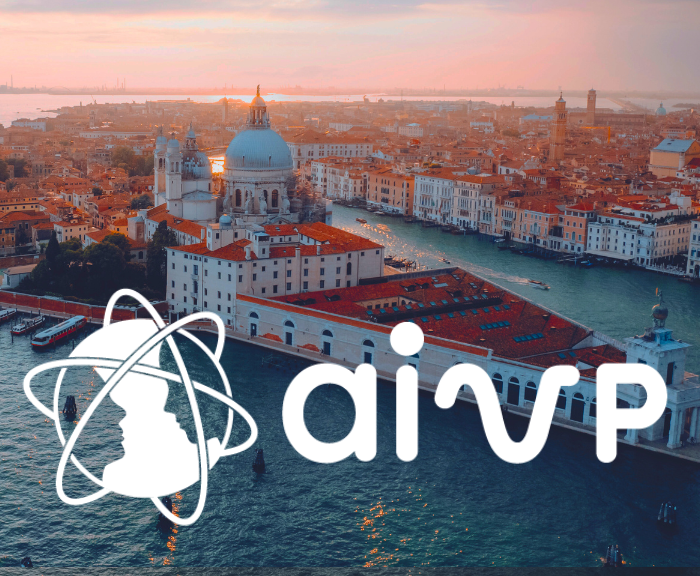COP27 finished on November 20th, 2022, after extensive deliberations. The event, which took place in Sharm El Sheikh (Egypt), resulted in the historical creation of the “loss and damage” fund and other decisions that will have an impact on ports and cities. The shipping sector, which accounts for ~80% of all global trade and is the backbone of the world’s logistical supply chain, was at the heart of numerous discussions.
Green Shipping had already gained traction following the COP26 through the creation of Green Corridors under the Clydebank Declaration. In this COP numerous new initiatives have been launched which will have a significant impact in the decarbonization of the industry:
Green Shipping Challenge,
The US envoy for climate John Kerry and Norway’s prime minister Jonas Gahr Støre, have launched a platform for 40 commitments to accelerate ship decarbonization. The Challenge encourages countries, ports and shipping companies to align the industry with the goal of keeping global warming below 1.5 degrees.
Clean Energy Marine Hub Initiative (CEM-Hubs),
CEM-Hubs, which is coordinated with the International Chamber of Shipping (ICS) and other international organizations, aims to accelerate the production, export, and import of low-carbon fuels globally.
Joint Statement on Green Hydrogen and Green Shipping
This commits the signatory parties to the adoption of green hydrogen-based fuels by 2030 to remain on track for full decarbonization by 2050. By bringing suppliers and consumers together, this aims at building confidence in the deployment of low-emissions fuels at scale to unlock cost reductions and reduce investment risks.
Maritime Just Transition Task Force
This 10-point action plan will ensure the just transition for seafarers to handle alternative fuels. This action plan recommends the strengthening of global training standards, a health-and-safety-first approach, and the establishment of an advisory national maritime skills council.
The COP27 also addressed the blue economy and other AIVP Agenda 2030 goals. The participating nations have agreed to set up a “loss and damage” fund to provide financial assistance to developing countries that suffer from climate-driven storms, floods, droughts, and wildfires. On a more local level, the Sustainable Urban Resilience for the next generation (SURGe) was launched in collaboration with UN Habitat and with ICLEI. This will bring together Ministers and mayors to discuss key challenges that cities face to achieve sustainable and resilient urban systems. The “Sharm-El-Sheikh Adaptation Agenda” was also launched, which includes 30 adaptation outcomes to address the adaptation gap and achieve resiliency for the most climate vulnerable communities by 2030. Resilient Cities Network organised a session to discuss coastal city climate adaptation based on its report “Blue-Tinted White Paper, Investment Protocol” with partners, ICLEI Africa, Ocean & Climate Platform, United Nations ClimateChampions. The AIVP provided input on port city relations. Blue economy stakeholders are key players in strengthening climate adaptation and resilience in coastal regions while ensuring sustainable income and food security on a regional level.
Bruno Delsalle, General Manager of the AIVP, participated in the OECD Pavillion session on “Cities going blue: Localising action for climate-proof blue economies” and highlighted the importance of cross-sectoral and inter-stakeholder discussion to achieving a sustainable blue economy.






